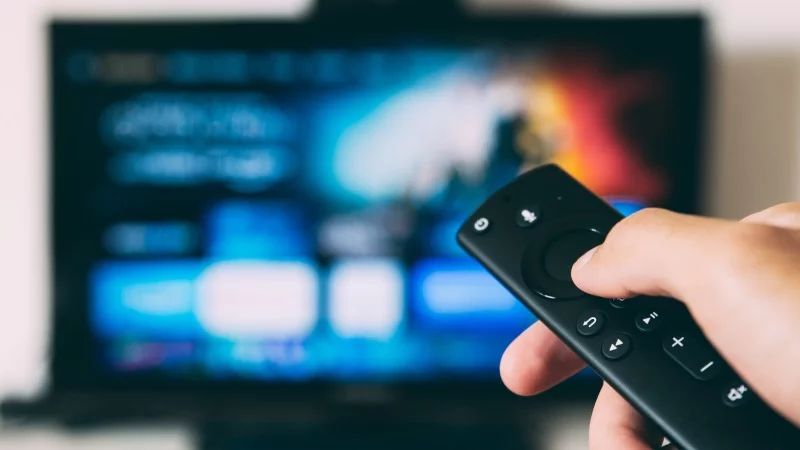The DTH subscribers in the country are taking a lot of changes, and going through many iterations of regulatory changes in the industry. As per the new rules, the pricing, quality of service and all the other related norms to the DTH industry have been taken for a spin, and the resulting environment in the industry is of a totally new set of pricing regulations. However, for the single DTH subscribers who own just one Set-Top Box, it is an economical choice since the subscribers are getting to enjoy many cuts on channel prices, discounts from DTH operators and more. But, that necessarily has not been the case for subscribers who get multiple televisions in their home. These subscribers have to pay for their DTH connections as per the policies set by the DTH operators, which are different for every DTH service provider. This means that the subscribers have to know the best multi-TV policy which is suited for their needs. Here are all the DTH operators and their respective multi-TV policies.

Multi-TV Policy of D2h and Dish TV
Moving on to the best multi-TV DTH operator in the sector right away, Dish TV and D2h are the DTH operators that offer possibly the most convincing multi-TV policy. We say this because, unlike all the other operators, Dish TV and D2h subscribers who want to use multiple TVs will only have to pay a flat NCF of Rs 50 per secondary connection. What that means is that for the primary connection, the D2h subscribers will be charged the standard amount of Rs 153 NCF plus the content charges for the pay channels. But, for the secondary connection, the D2h and Dish TV subscribers will only pay Rs 50 as NCF exclusive of taxes no matter how many channels they get. On top of this, they will be required to pay the content charges for the pay channels.
Multi-TV Policy of Tata Sky
Next up is the Multi-TV policy of Tata Sky. While Tata Sky is the most popular DTH operator out there which now also boasts of having the most number of subscribers in the industry, when it comes to multi-TV policy, Tata Sky lags behind a little. Tata Sky subscribers will find that as compared to Dish TV or D2h, they will have to pay more for the secondary connections. As such, Tata Sky subscribers are charged the Rs 153 as NCF for secondary connections, which means it the same cost as the primary connection. However, after the introduction of the Room Service, Tata Sky does not follow mirroring of channels, meaning that the subscribers can select different channels on their secondary Set-Top Box as opposed to the previous policy, which was based on mirroring of channels.
Multi-TV Policy of Airtel Digital TV
Lastly, there is Airtel Digital TV which is charging a base NCF of Rs 80 from its multi-TV subscribers. However, it is worth noting that unlike D2h and Dish TV subscribers, this NCF would not be a flat NCF, and the customers of Airtel Digital TV would be charged additional Rs 20 for extra 25 channels on their subscription. This means that on secondary connections, Airtel Digital TV subscribers enjoy an NCF discount.
How Multi-TV Pricing Works for DTH Operators?
It’s noteworthy that under the new Trai tariff regime, the bill for the subscribers is generated in two parts, including NCF and content charges. While the content charges are passed on from the broadcasters via the DTH operators to the customers, the NCF is something that is controlled by the DTH operators. This means that when it comes to multi-TV policies, the DTH operators can only provide a discount on the NCF and cannot tweak the content charges, or the pay channel costs.















